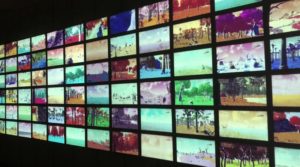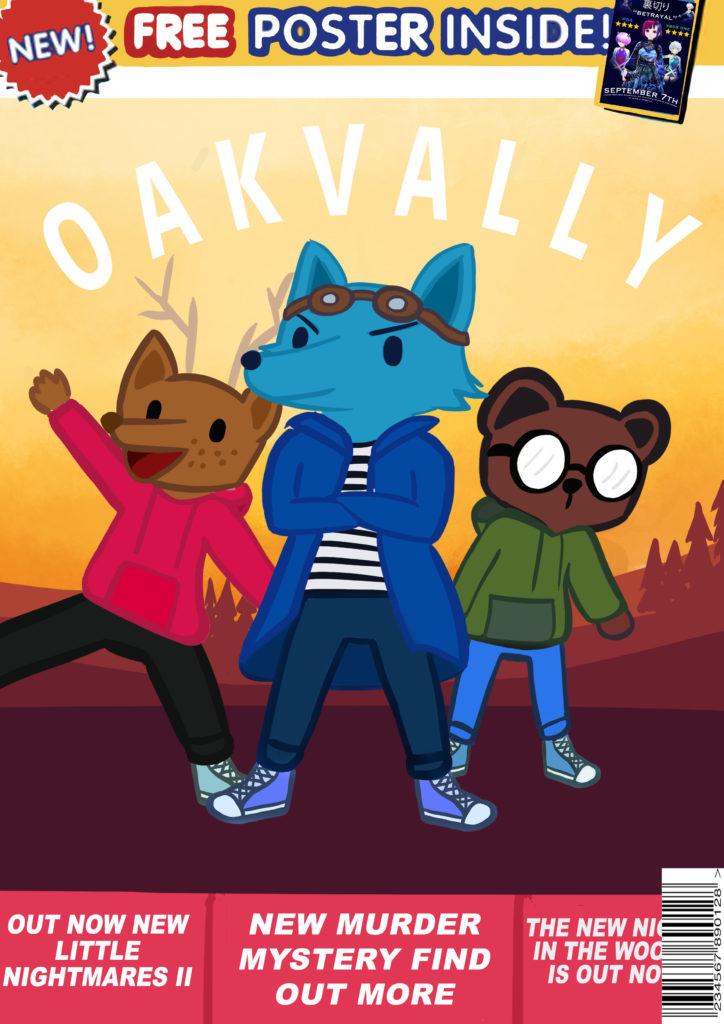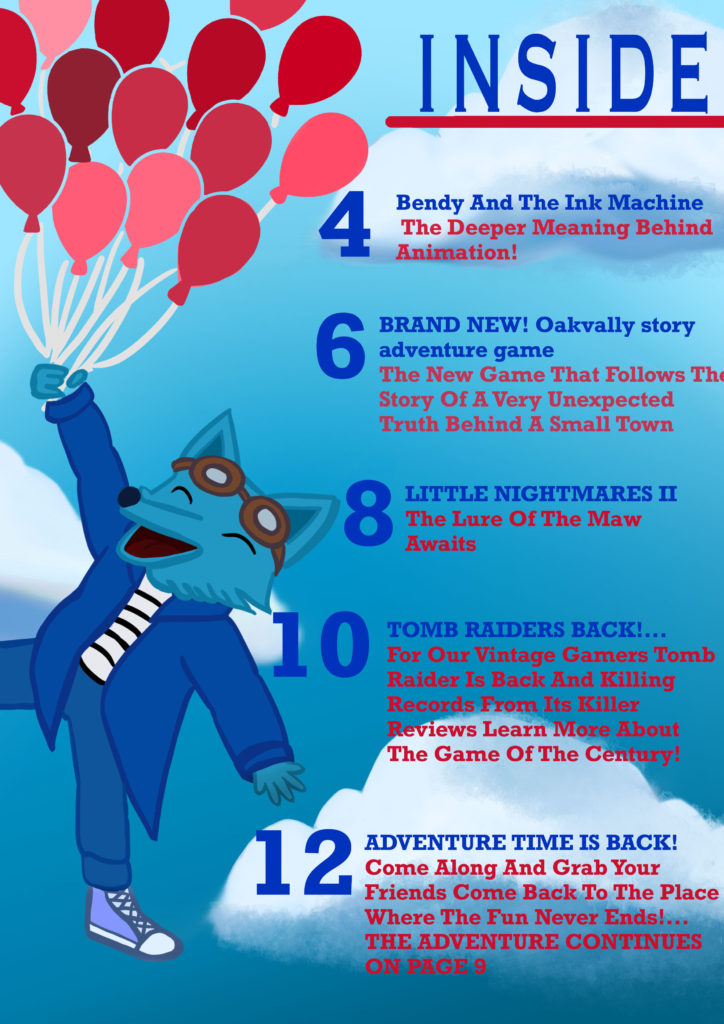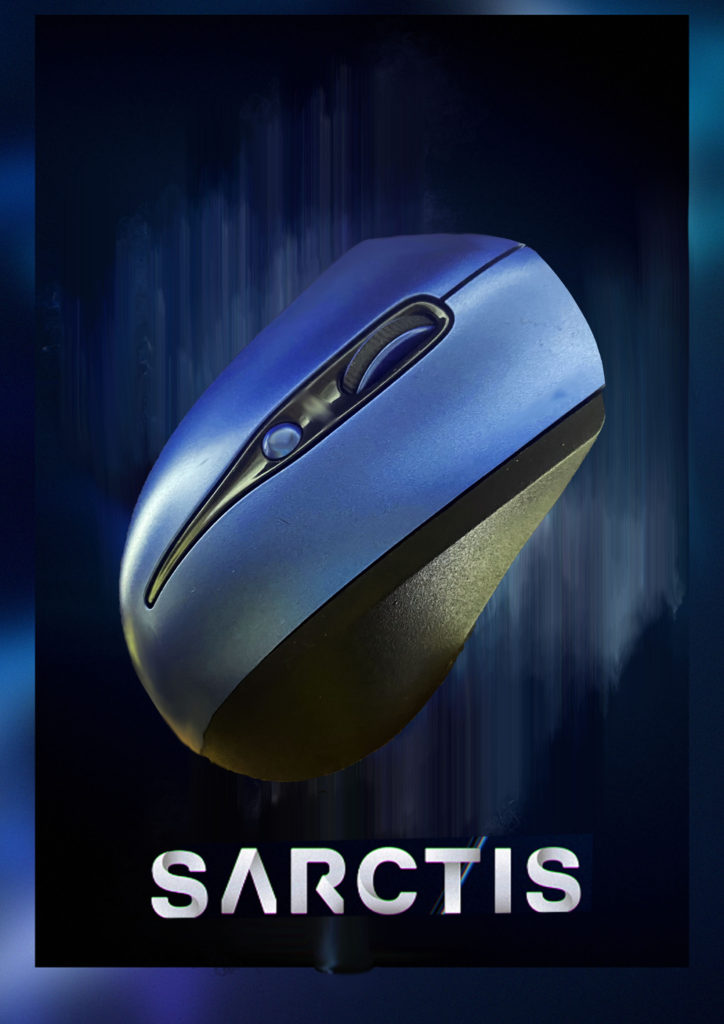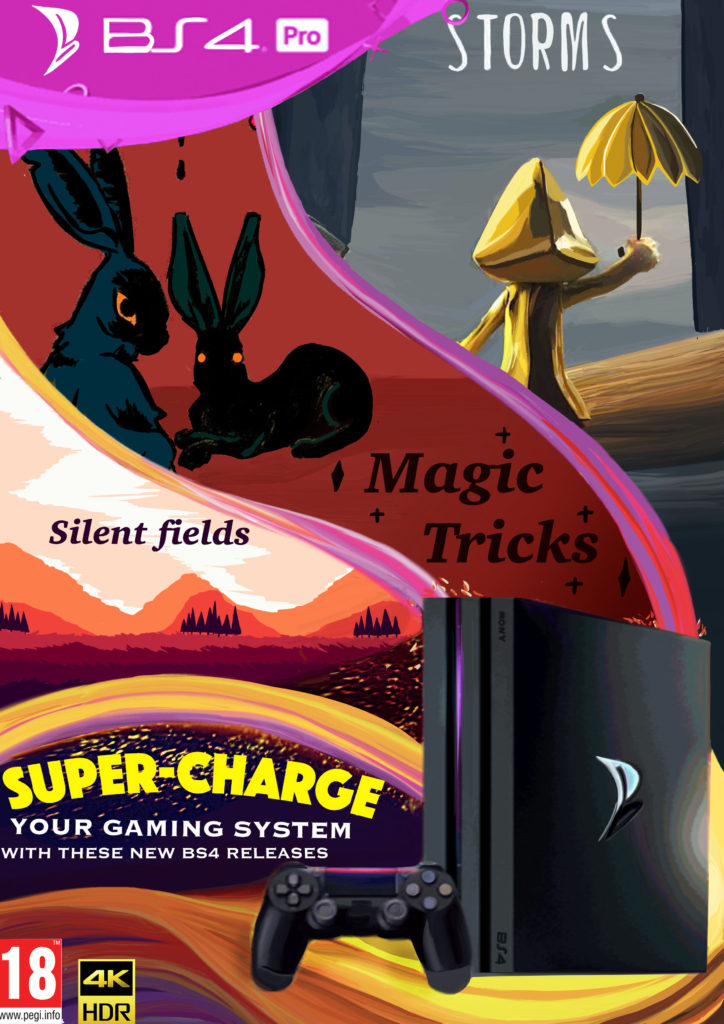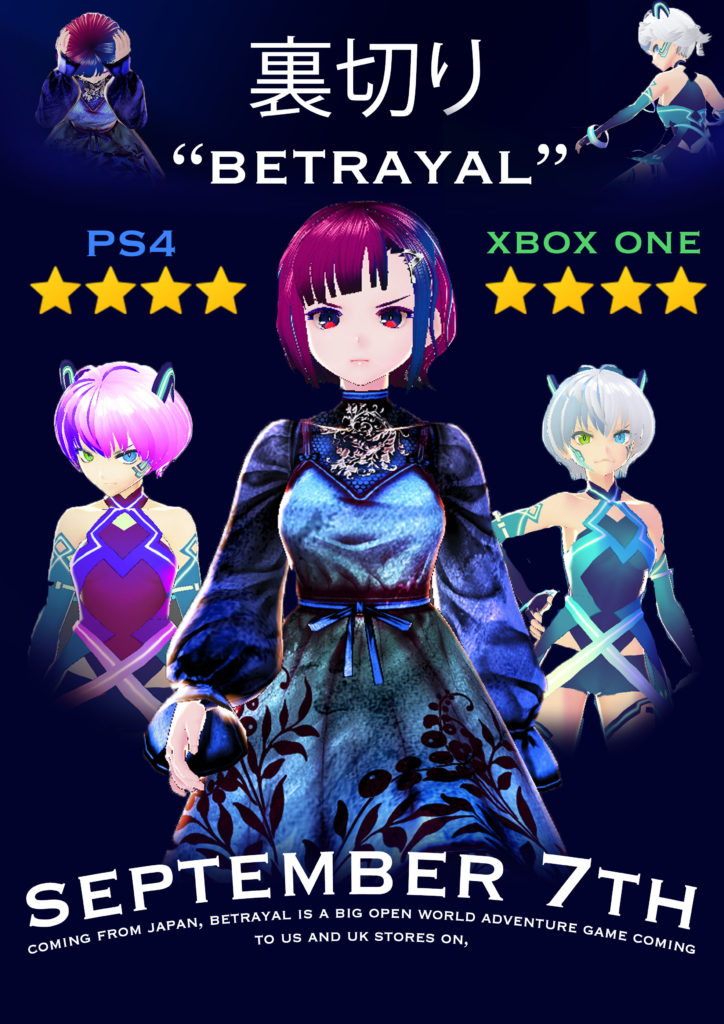IDENTIFY 5 BULLET POINTS FROM THIS HAND OUT THAT COULD BE USED IN AN ESSAY ON TRANSNATIONAL TELEVISION PRODUCTION.
- Money wins, while audience size and audience share determine content.
- Commercial broadcasting is based not on the sale of programmes to audiences, but on the sale of audiences to advertisers.
- The sucess of horizontal and vertical integration means that most commercial print, film television based media in America and the UK is now controlled by just 6 global players – CBS, Comcast, Disney, News Corporation, Time Warner and Viacom.
- Horizontal integration of large conglomerates can maximise profit whilst reducing production costs. On the other hand, Vertical integration is the ownership of subsidiaries that enable a media producer to produce, promote and distribute products.
Endemol Shine UK (branded as EndemolShine UK and formerly Endemol UK Ltd) is one of the largest independent media producers in the United Kingdom. The company is part of Banijay Group, a worldwide network of production companies spanning 22 countries.
- Advantages of PBSs as they are not reliant on advertising to fund production nor do they make products for commercial gain.
- Commercial Media – An organisation that makes products for profit –
- Horizontal Integration – Endemol Shine UK owns the Kudos production company and its parent company, Banijay Production company based in France, owns 120 production companies in 22 countries.
- Vertical Integration –
- Media Concentration/ Media Convergence – Kudos is an independent production company owned by Endemol, limiting the amount of co-companies that might have also been used to produce the show which would ultimately reduce overall profit for Endemol.

